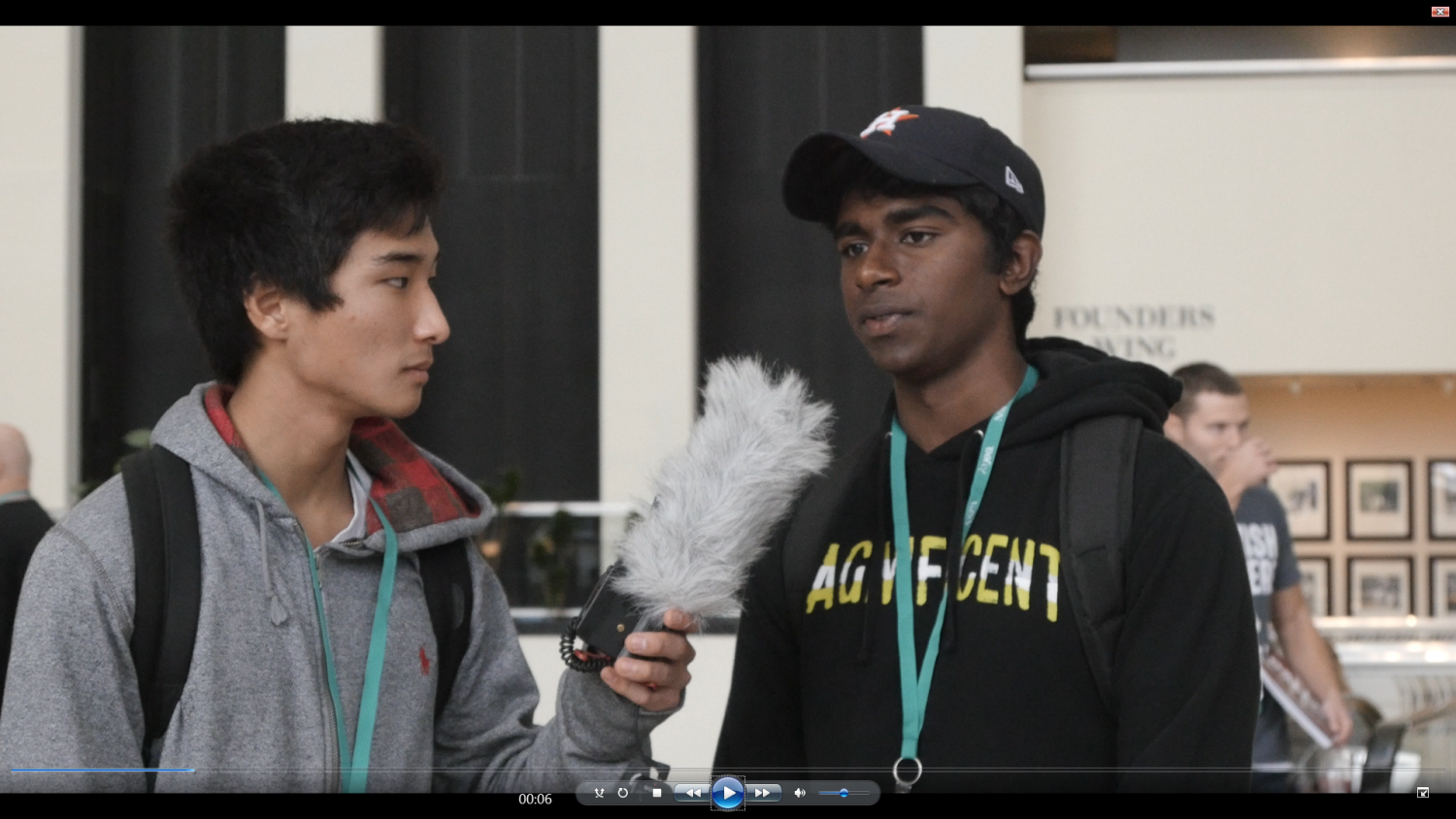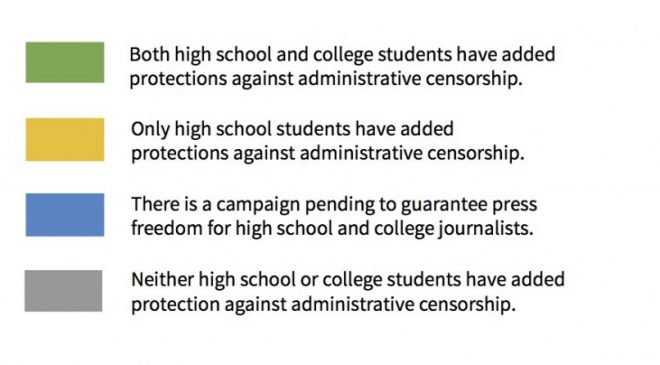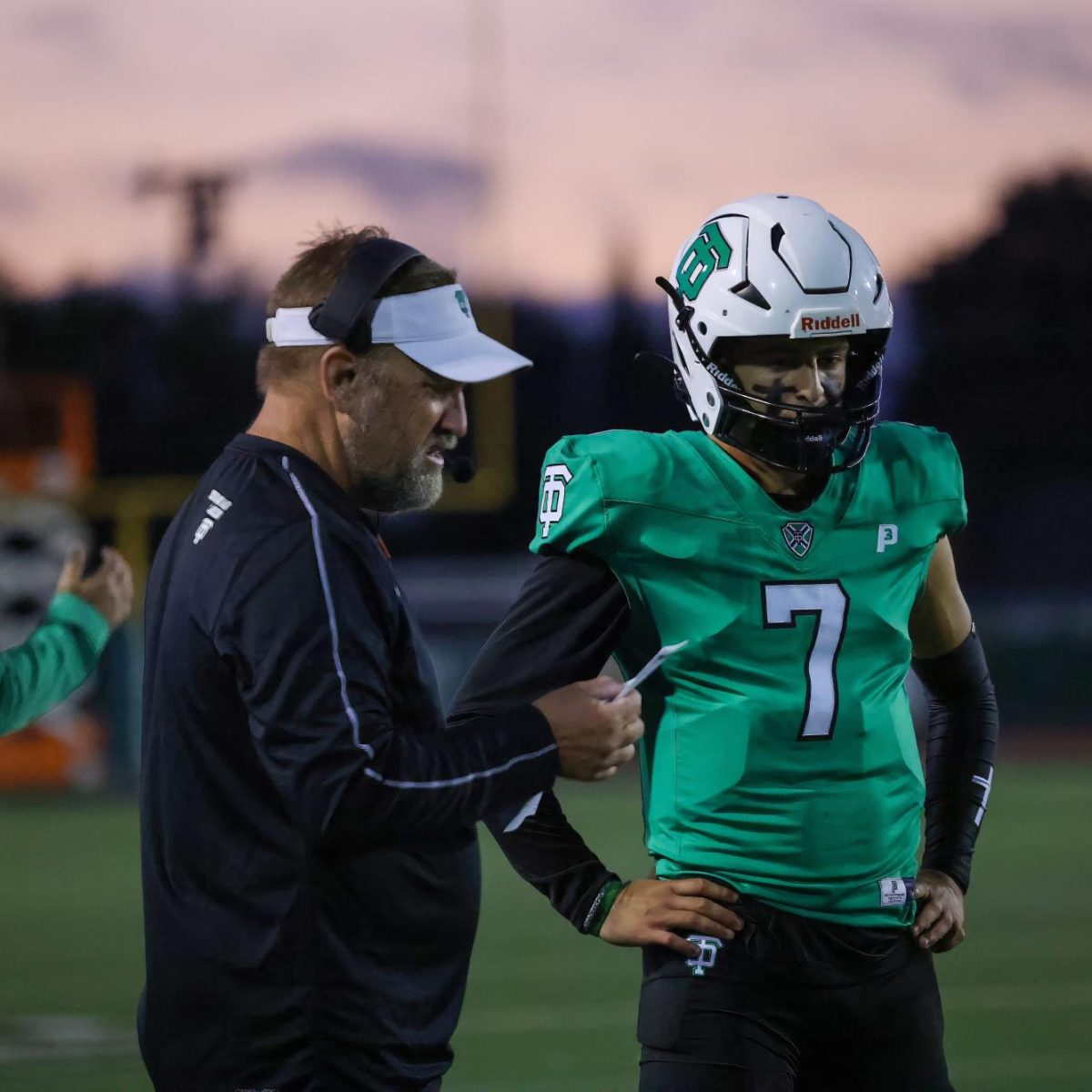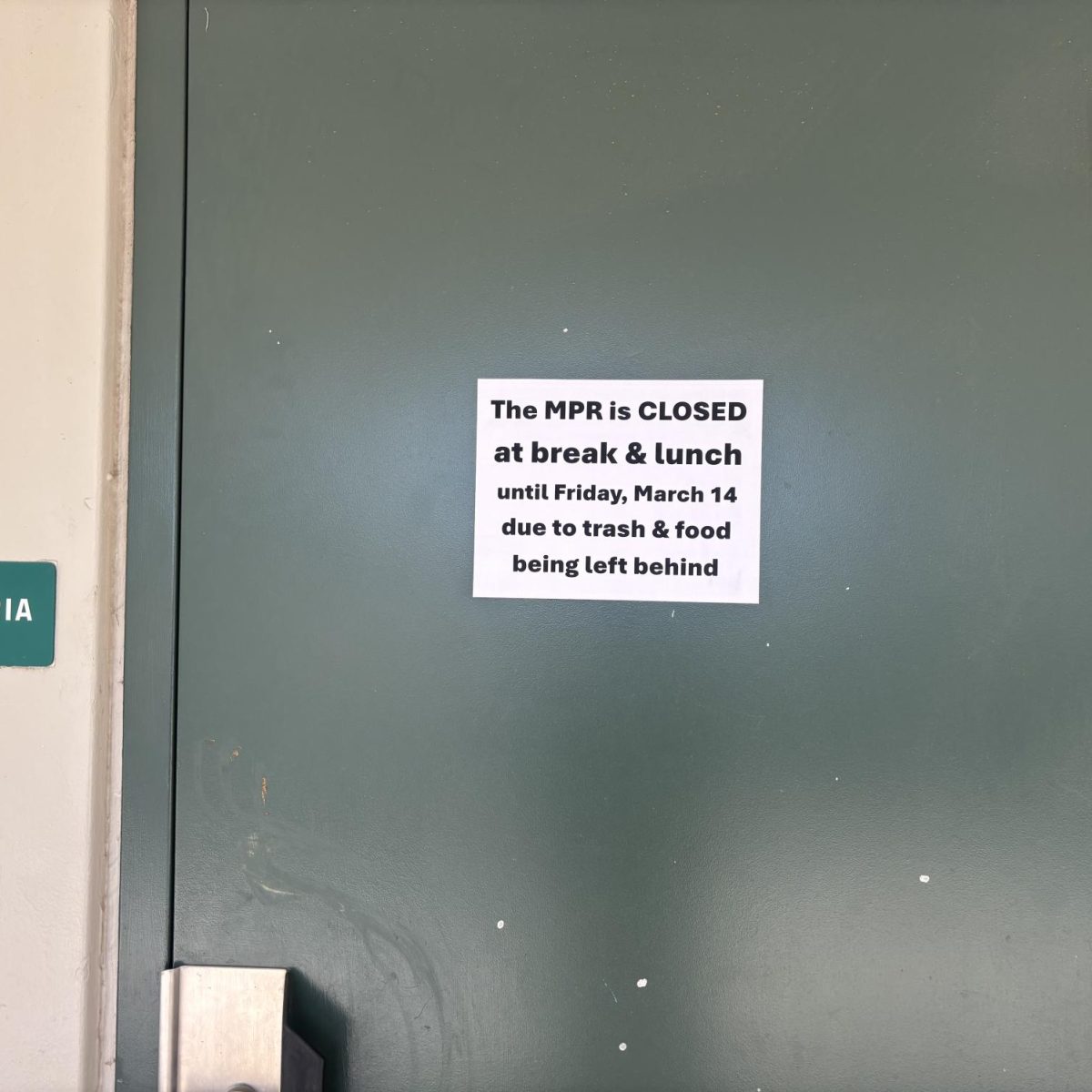expressed clear desire to censor the paper, California’s Education Code 48907 overturned the Hazelwood court case and prevented Dunn from censoring.
“In California, your president would not be able to prevent anything from being published” SPLC attorney Robert Heinson said. “They have freedom of speech and can critique the paper, but have no power over regulation unless it is harmful.”Heinson claimed, however, that the District does have the power to impose certain regulations. Recently, journalism students have been required to wear their journalism shirt during publication to ensure that journalism students can be recognized and approached if necessary.
“Small requirements that aren’t along the lines of censorship is legal” Heinson said. “The district does have a little bit of wiggle room and can pass certain laws.”
Outside of the Conejo Valley, the practice of student-run papers and 1st Amendment protection is widely practiced. One clear example is at Harvard-Westlake.
“I believe that not being censored is paramount so that students know the freedoms that they have. In California we do enjoy a lot of rights.” Harvard-Westlake advisor Steve Chae said. “It’s important that students know they can say what they want to say.”
To put this in practice, Chae has made it clear that anyone
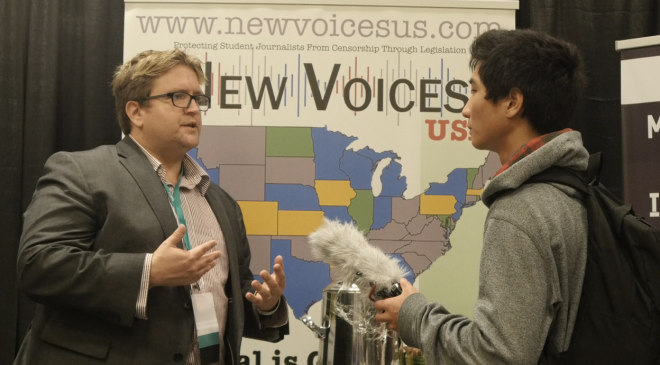 working with the student publication can’t require “sign offs” or force students to remove parts of stories before publishing.
working with the student publication can’t require “sign offs” or force students to remove parts of stories before publishing.
A grassroots movement has begun in the hopes of preventing censorship in not only California, but also the rest of the nation: New Voices. Currently, 8 states are guaranteed freedom of press by law: California, Oregon, North Dakota, Illinois, Vermont, Rhode Island, Maryland, and Nevada. Over 20 states are fighting for their own legislation. The entire movement began in North Dakota.
“I was an advisor in a small town[in North Dakota] when a bill was proposed that ensured college and high schools free speech.” New Voices representative Steven Lindburg said. “North Dakota is the second most red state, but the bill still passed unanimously. It showed that this wasn’t a political issue, but a bipartisan bill that both Republicans and Democrats agreed upon.”
Even among the states that aren’t guaranteed freedom of press, many papers enjoy the rights of the 1st Amendment.
“We’ve never been censored and are free to write what we want” said website writer for a Missouri paper Fabian Gubuchow said. “We went to St. Louis during the Charlottesville riots and got to write about our own political stance without any censorship.”
Paper censorship is still present throughout the nation. Further decision ruled that Hazelwood was applicable to collegiate papers. And states such as Texas are fighting for rights.

The issue of censorship is more widespread than many believe. Lindburg explains that censorship isn’t actually known until it happens to students and they are caught off guards. Furthermore Heinson says that the majority of requests and calls he receives are about censorship and a need of representation.
With the ultimate goal of providing colleges and and high schools with freedom of press, Heinson believes that this goal is possible. WIth enough influence from certain states and the realization that this is a bipartisan bill and a fight for freedom, the bill can become a national law.
“By getting the support of California, Texas, Florida, and New York, all which are in the process of trying to pass legislation, it is a possibility that freedom of press for high schoolers and college students could become a national law.” Heinson said. “Those states represent a majority of the nation and if laws pass in those states, it would become more clear that the nation as a whole believes in free press.”
Lindburg agrees with Heinson beliefs and method of action. The Lancer inquired about the possibility of an additional court ruling to overturn Hazelwood, but Lindburg explained the difficulty.
“It would be extremely difficult to have another court case go through especially with the justices right now. There would have to be a whole new set before that would become a
possibility.” lawyer said. “It’s more realistic to push for individual state legislation because laws can override Supreme Court rulings.”
“If journalists remain ethical and don’t harm indirectly or directly create violence or harm, newspapers, regardless if it’s a high school, collegiate, or professional paper, should be granted freedom of press under the 1st amendment.” past journalism teacher Judy Zimmerman said. “As long as The Lancer, Arrow, and Panther Prowler follow the basic code of ethics, they should be free to report anything of interest.
*indicates anonymous name
Unlike California, numerous states have some sort of censorship. Further decision ruled that Hazelwood was applicable to collegiate papers.
MAP REPRESENTING STATES WITH FREEDOM OF STUDENT PRESS
PHOTO BY » BLAKE SAARI » THE LANCER
VIDEO BY » RYAN HONG » THE LANCER
GRAPHIC » NEW VOICES US » WITH PERMISSION



